10 °c Wind speed: 24.5 km/h Precipitation: 46.5 % Cloudiness: 86 % Humidity: 86 mm Pressure: 46.5 mb
Bodleian Library
Oxford
OX1 3BZ
United Kingdom
Description
Situated deep at the core of Oxford University, the Bodleian Library is maybe among the oldest and most charming warehouses of learning found on Earth. It is more than a library: it's a signpost of scholarship, of mental enquiry, and of learning which has been flourishing over almost four centuries. Its reading rooms from its medieval days up to its existing conservation labs constitute a glimpse at the past for libraries and literature.
What Is the Bodleian Library?
The Bodleian Library isn't a single building, however, but a group of sites connected by bridges that make up the central library complex of Oxford. Its peculiarities include legal deposit status — it is actually legally required to take in a copy of every publication printed in Ireland and the United Kingdom. This right oversees its investments flourish irresistibly, to more than 13 million printed items, manuscripts, maps, music, and electronic items. Apart from being a research library and a student of Oxford staff, Bodleian is also a public repository which offers public tours, exhibitions, and events as well.
It is structurally a mix of medieval, neoclassic, and contemporary. These are Duke Humphrey's Library (Bookseller Pocket), red-brick Clarendon Building, neoclassic Radcliffe Camera, and glass-and-steel Weston Library shining brightly. All of them speak of centuries of pedagogic vision and architectural innovation. Central to the Bodleian, though, are its reading rooms — the silences of halls where students pore over ancient manuscripts in the stare of stone gargoyles and reading lamps.
As a legal deposit library, the Bodleian also seeks to contribute to the development of library practice. Its digital preservation ensures born-digital content — from e-journals to institutional repositories — is accessible to researchers in decades to come. Conservation workshops and a Department of Conservation and Collection Care ensure delicate manuscripts and early printed books are safely conserved, with old-fashioned conservation techniques combined with the most modern technology. And so the Bodleian is where past and future intersect, a living museum where book history and digital futures converge.
A Voyage Through Time
The Bodleian's past begins in the early 17th century. In 1602, Sir Thomas Bodley, a retired Oxford graduate and diplomat, embarked on a quest to revive the university library's sickly books. With university assistance and purchasing manuscripts from private libraries, Bodley invested money to endow the library and gifted a private library of about 2,500 books. The "Duke Humphrey's Library" was restored in 1605 to house this collection, which was the formal reorganization of Oxford's primary library in commemoration of "Bodleian."
Legal deposit privileges arrived in 1610 with Bodley arranging a bargain with the Stationers' Company whereby new books had to be deposited by the Stationers freely for Britain at the library. It was now national. In subsequent centuries, subsequent patrons and librarians deposited the books and built up physical property. The trailblazing Radcliffe Camera — the earliest 18th-century science library constructed in the shadow of John Radcliffe's reputation — was engulfed by the Bodleian in the 19th century to form the now renowned "Camera Quad."
The 19th and early 20th centuries witnessed further growth with Nicholas Hawksmoor's Clarendon Building (1713–1715) and the Schools Quadrangle (1637–1661) completion. Following World War II, rapid growth in printed output necessitated off-site storage and additional building; this led the Bodleian to construct underground book stacks under Radcliffe Square and more recently to purchase the site of the old Clarendon Laboratory.
Bodleian re-opened Weston Library in 2015 after major refurbishment. The development uncovered historic facts within the Old Bodleian Reading Room and included exhibition area, conservation laboratories, and café. The library's most priceless special collections are conserved within Weston, where they are at the core focus of the existing theme exhibitions which attract the public. Bodleian has ten library sites in Oxford today, each a specialist in one subject from law to music but all managed by Bodleian.
Interesting Facts
Legal Deposit Heritage
Through its legal deposit entitlement, the Bodleian takes in some 100,000 new books annually. This steady stream makes the library a complete record of British and Irish publishing activity, ranging from bestseller fiction to specialist scholarly monographs.
The Theatre of War and Peace
During World War II, the Bodleian safeguarded London imperial institutions' library and art treasures. British Museum paintings and manuscripts were stored in the library basement and even in rural Oxfordshire vaults as a last-resort attempt to escape Luftwaffe bombing raids.
Harry Potter's Hogwarts
The medieval Bodleian Divinity School, the vaulted ceiling and stonework carved, served as Hogwarts Infirmary and other magical places for the Harry Potter films. Viewers on guided tours recognize familiar sites, bridging academic heritage and popular culture.
The Gold Coin Tradition of Thomas Bodley
When she completed writing Harry Potter and the Philosopher's Stone in 1997, author J.K. Rowling placed a gold coin on the ground by a statue inside the Bodleian as respect for the traditional library etiquette — an unwritten one that readers appreciate.
Duke Humfrey's Mummy
Among its holdings, the Bodleian has fragments of ancient Egyptian manuscripts, including a 4th-century papyrus originally used to hold funerary texts. History reveals that a "mummy" was kept in the basement until scholars realized what it was.
The Inscribed Book
One of the surviving 235 of William Shakespeare's First Folio of 1623 is a copy kept within the Bodleian special collections. Scholars marvel at marginalia in early publications, showing us how Shakespearean plays were interpreted and performed within his lifetime.
Librarian in Residence
The Bodleian has also boasted a "Librarian in Residence" since 2005 — a poet or writer who is given access to its rarely consulted collections in hopes of producing a work of literature. Recent in-residents have been novelist A.S. Byatt and poet Simon Armitage, whose writings shed new light on the library documents.
The Underground Bookstack Labyrinth
Underneath the Old Bodleian lies a stack of tunnel corridors approximately 30 feet beneath street level. Books there once zipped by postal train to readers — a mid-20th-century engineering wonder of the libraries.
Why People Visit
Researchers and Academics
To researchers everywhere, the Bodleian is a gem. Whatever one's subject of study is, whether medieval manuscripts, reading the latest scientific articles, or tracing the history of an individual throughout history, researchers are enhanced by the library's unparalleled diversity. Its readers' rooms are tranquil oases, and specialist librarians provide expert advice in navigating specialist collections.
Tourists and Literature Lovers
Medieval library building design per se attracts thousands of tourists annually. Guided tours emphasize Duke Humphrey's Library, Divinity School relocation, and standout Radcliffe Camera, and explore reading culture formation. Harry Potter movie locations attract the Potter fans, but readers are amazed at such items as Tolkien manuscripts.
Conclusion
The Bodleian Library is more than the aggregate of its shelves; it is a living testament to the human aspiration for knowledge. From its beginning in the vision of Sir Thomas Bodley in the 17th century to its present form as custodian of cultural heritage and center of digital innovation, the Bodleian continues to be an inspiration to scholars, to readers, and to communities everywhere.
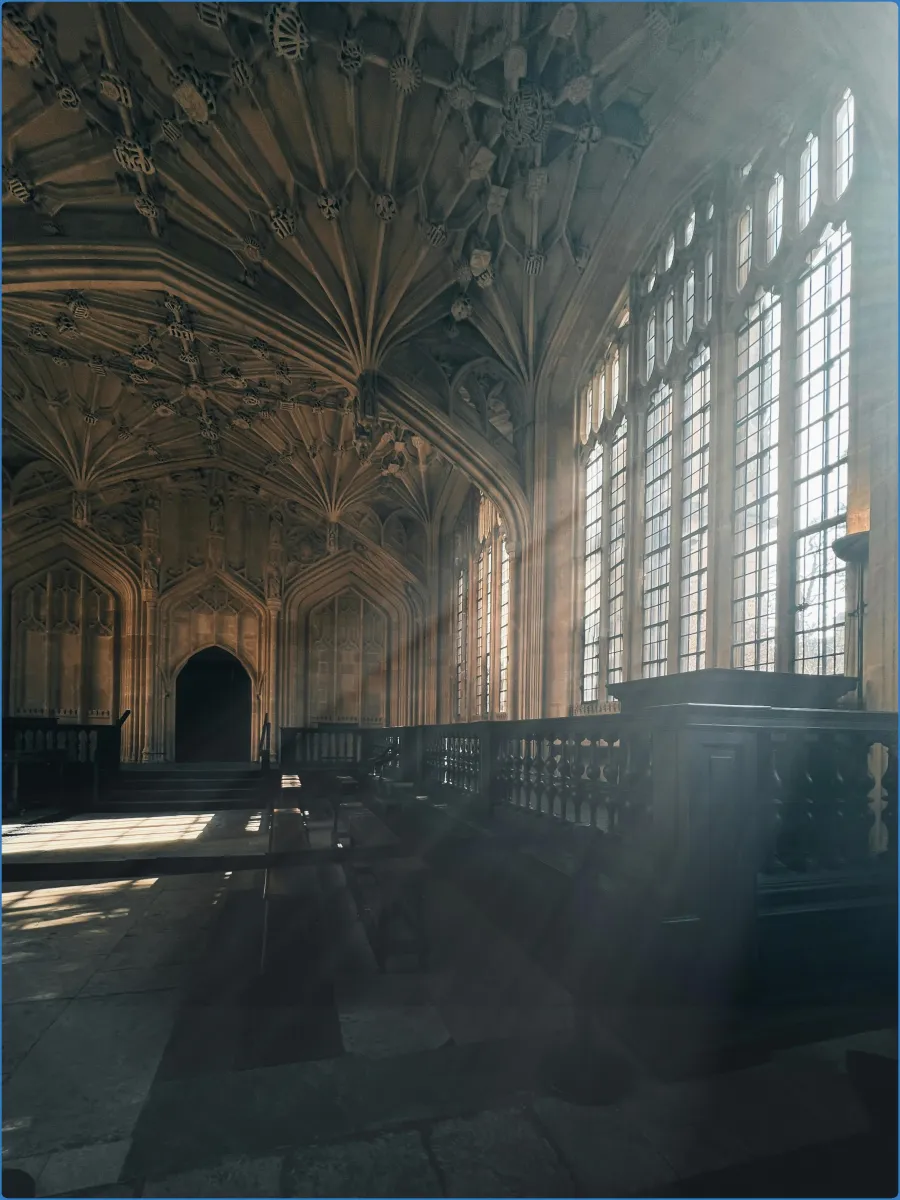
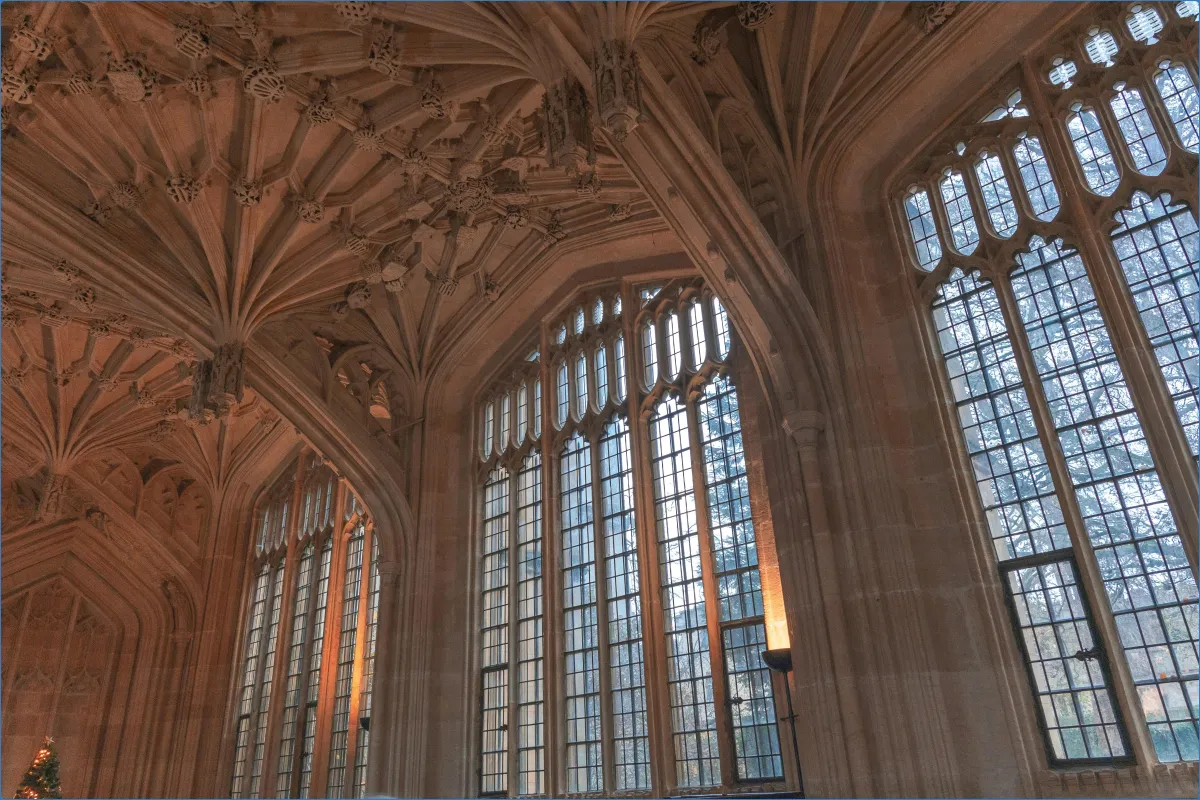
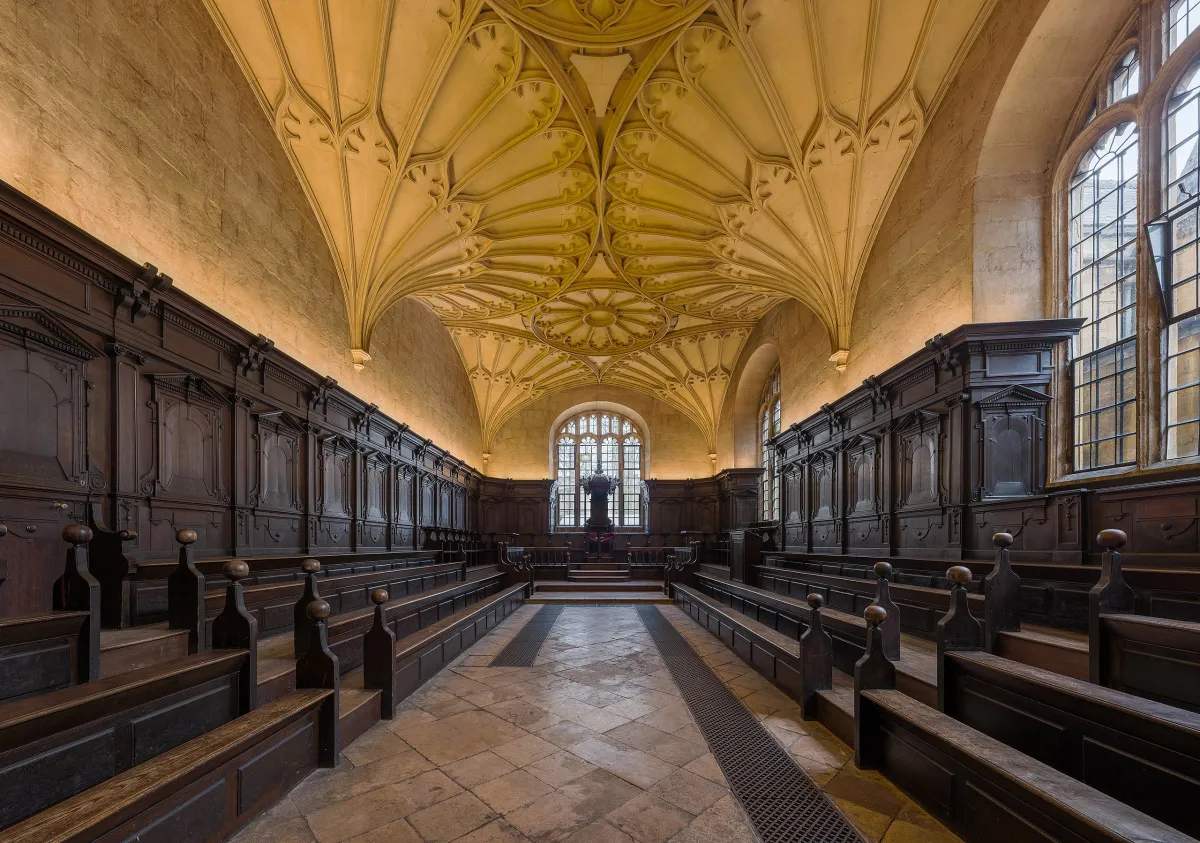
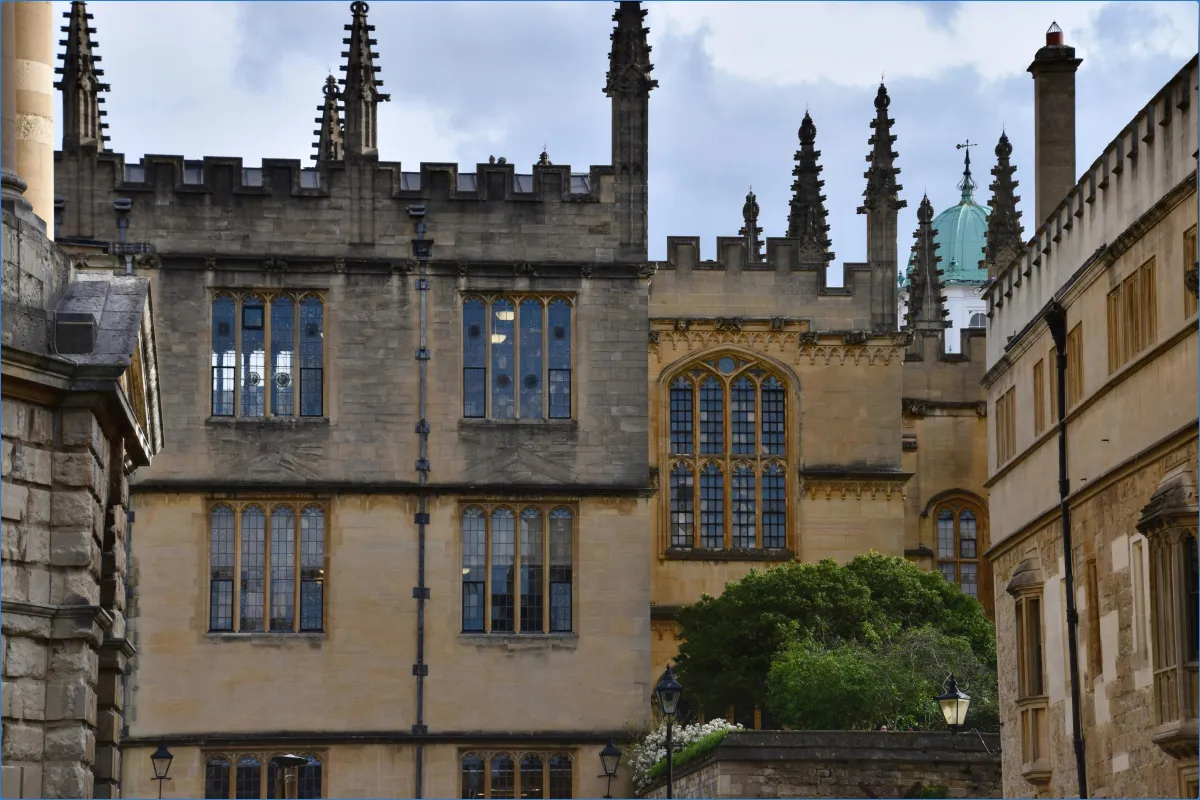
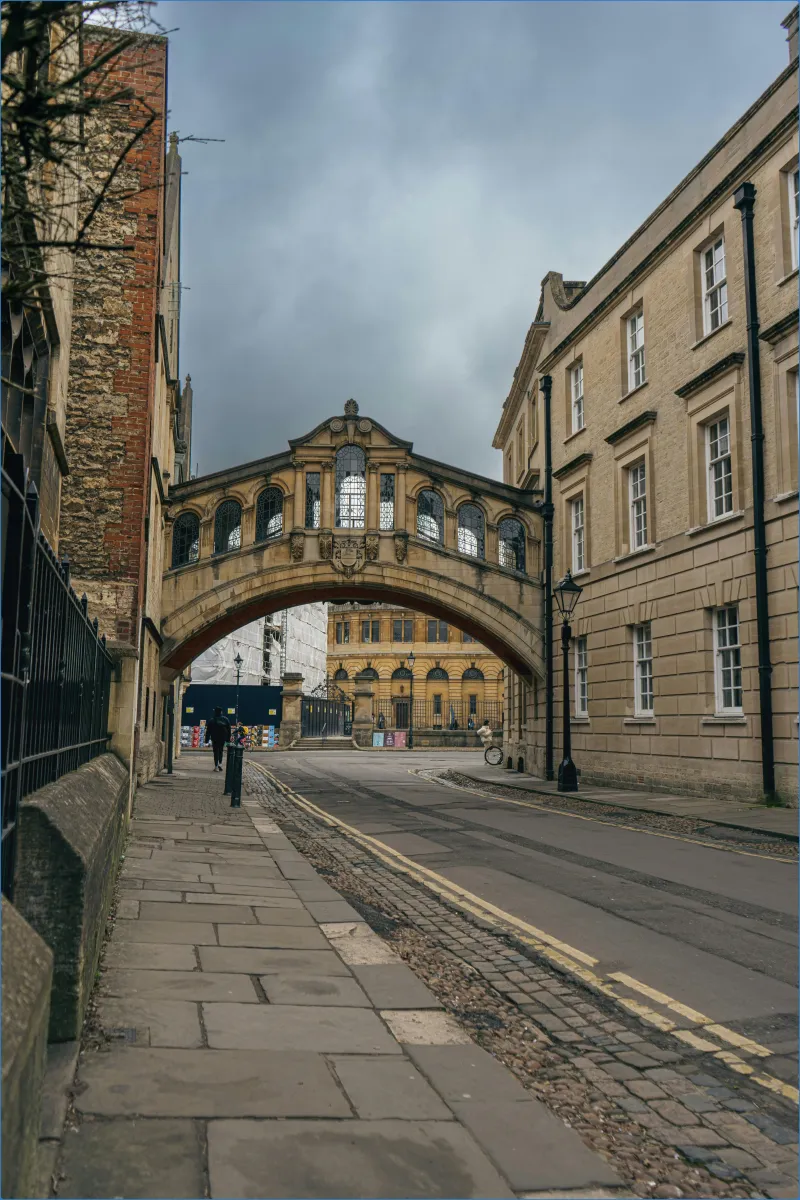
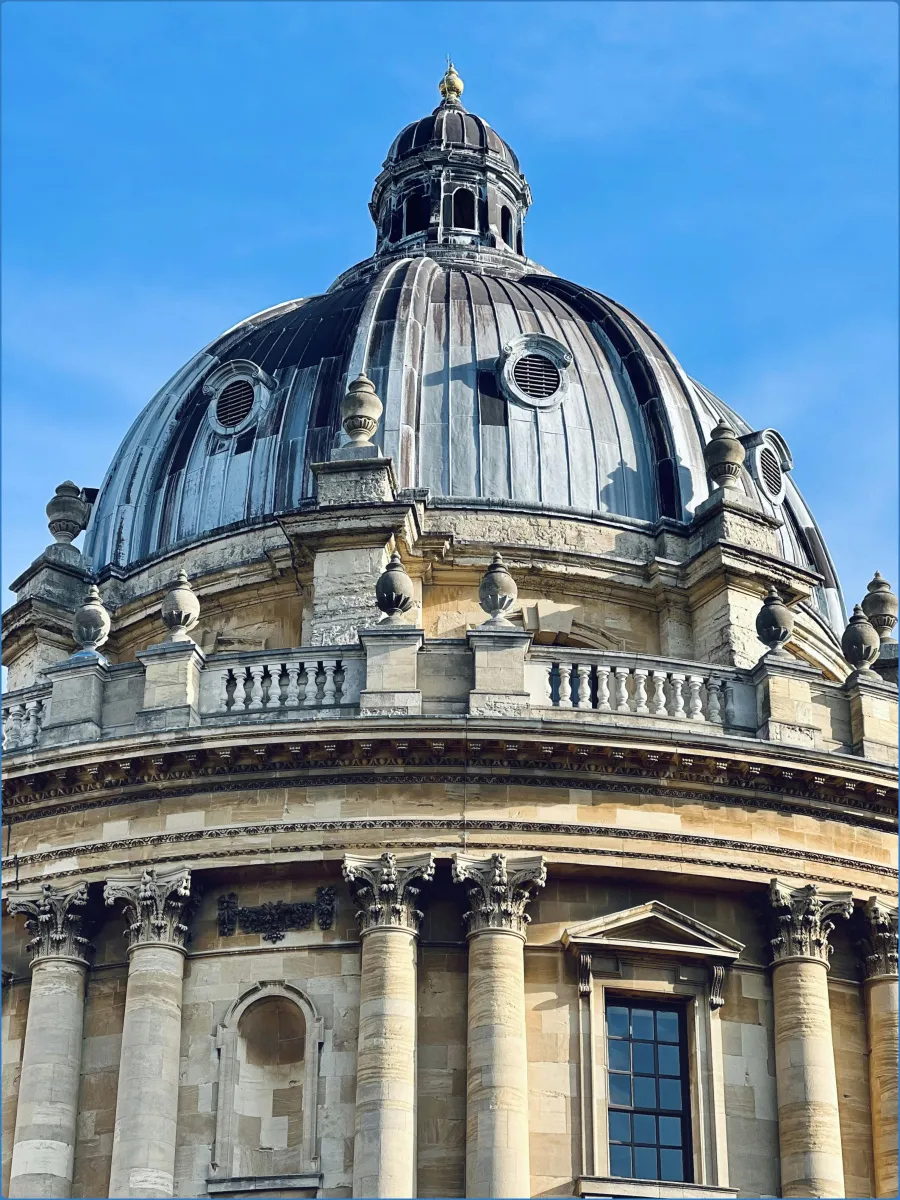
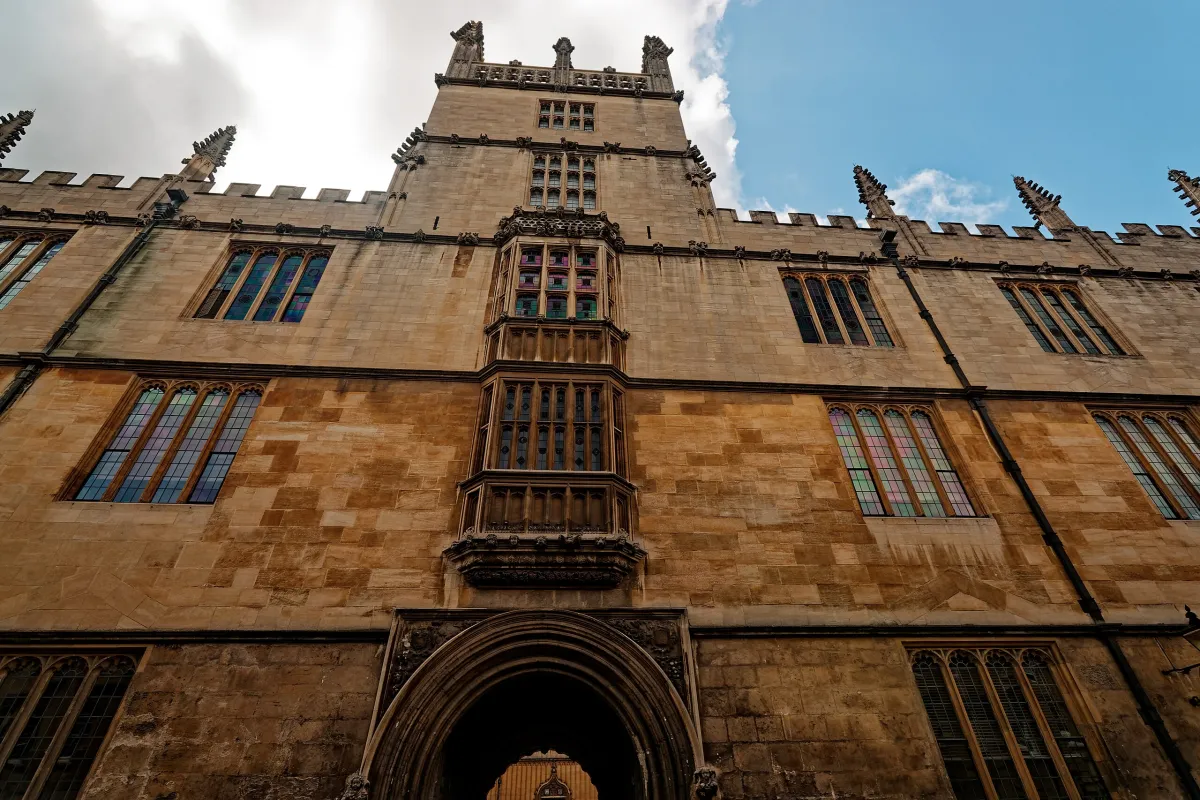
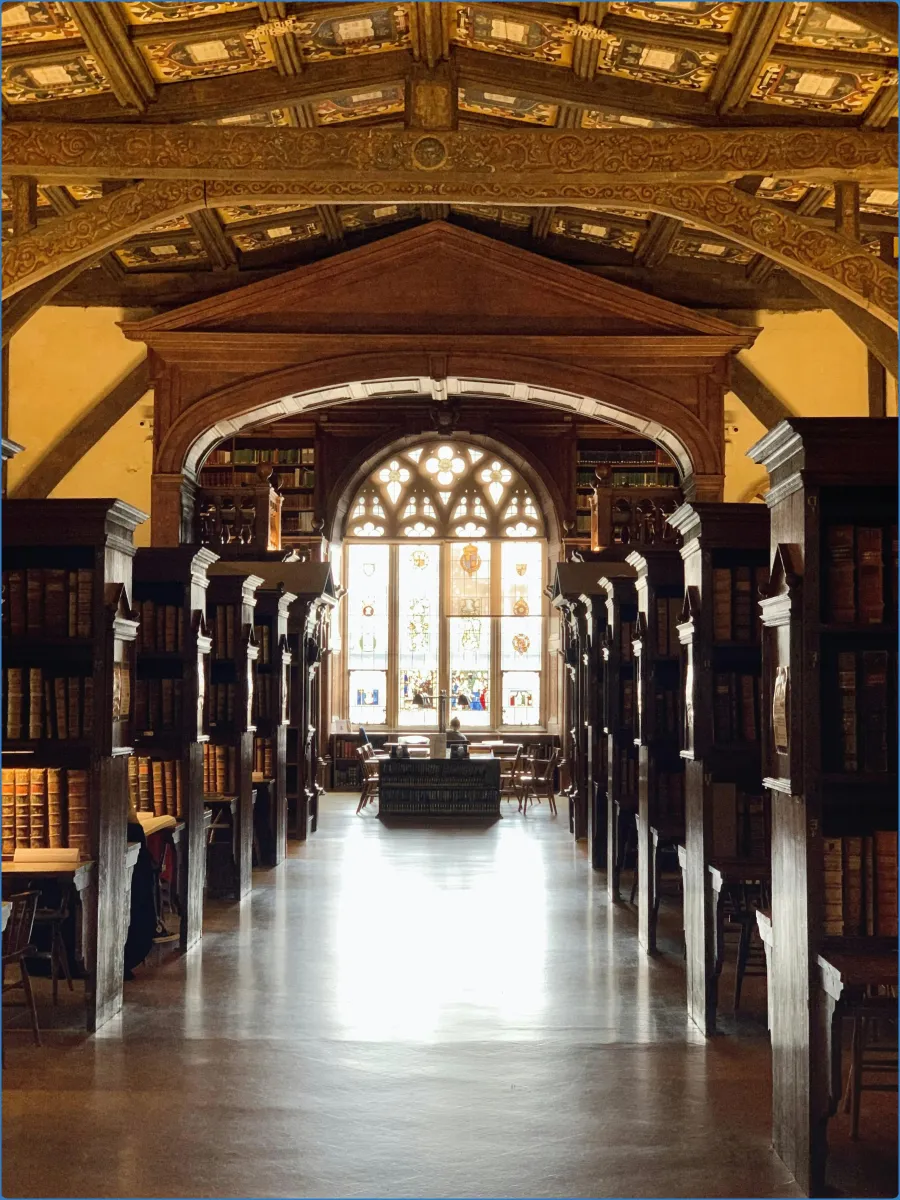
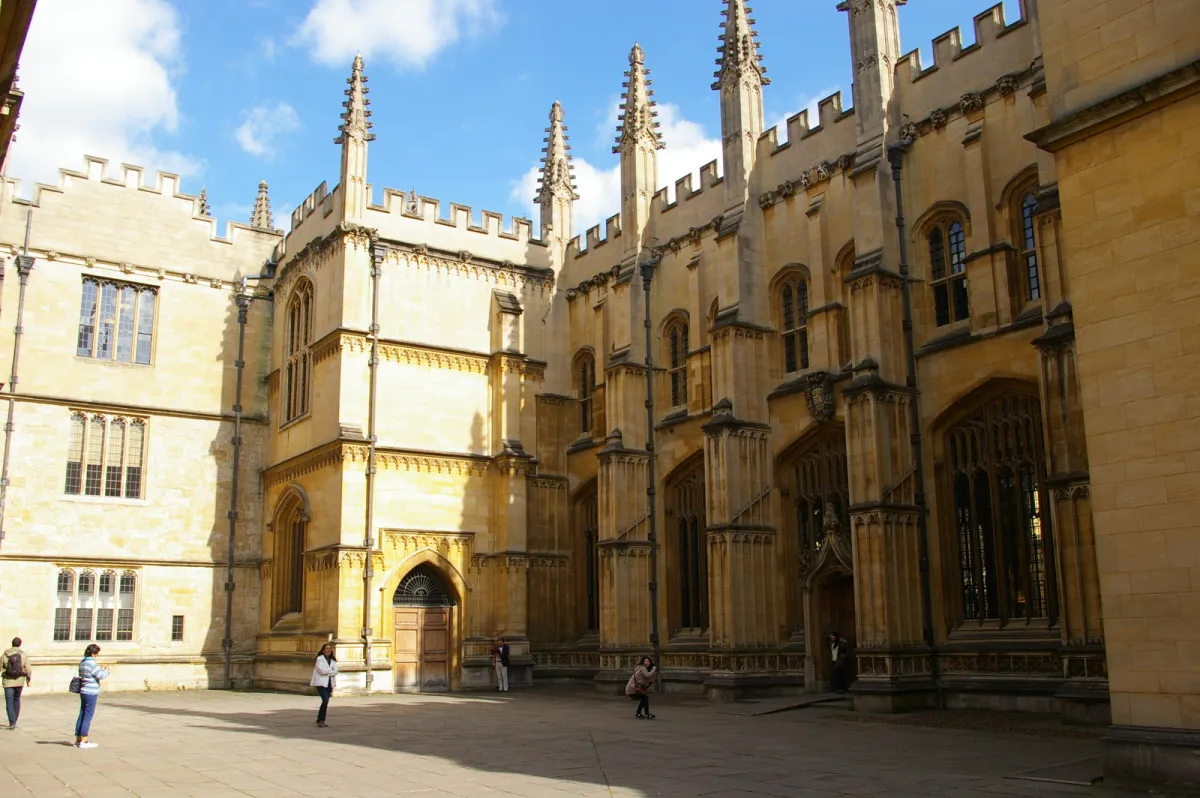
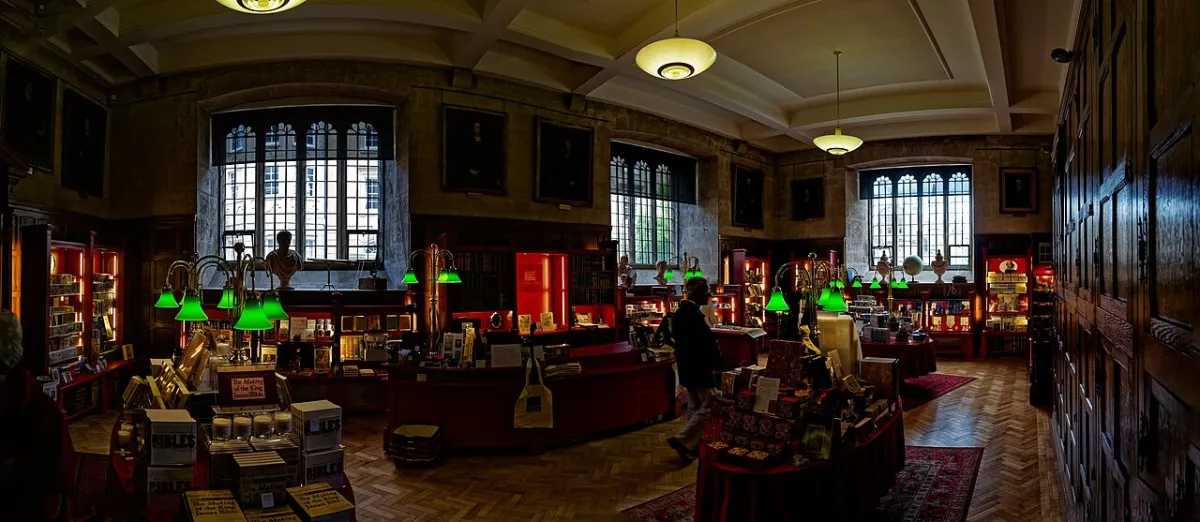
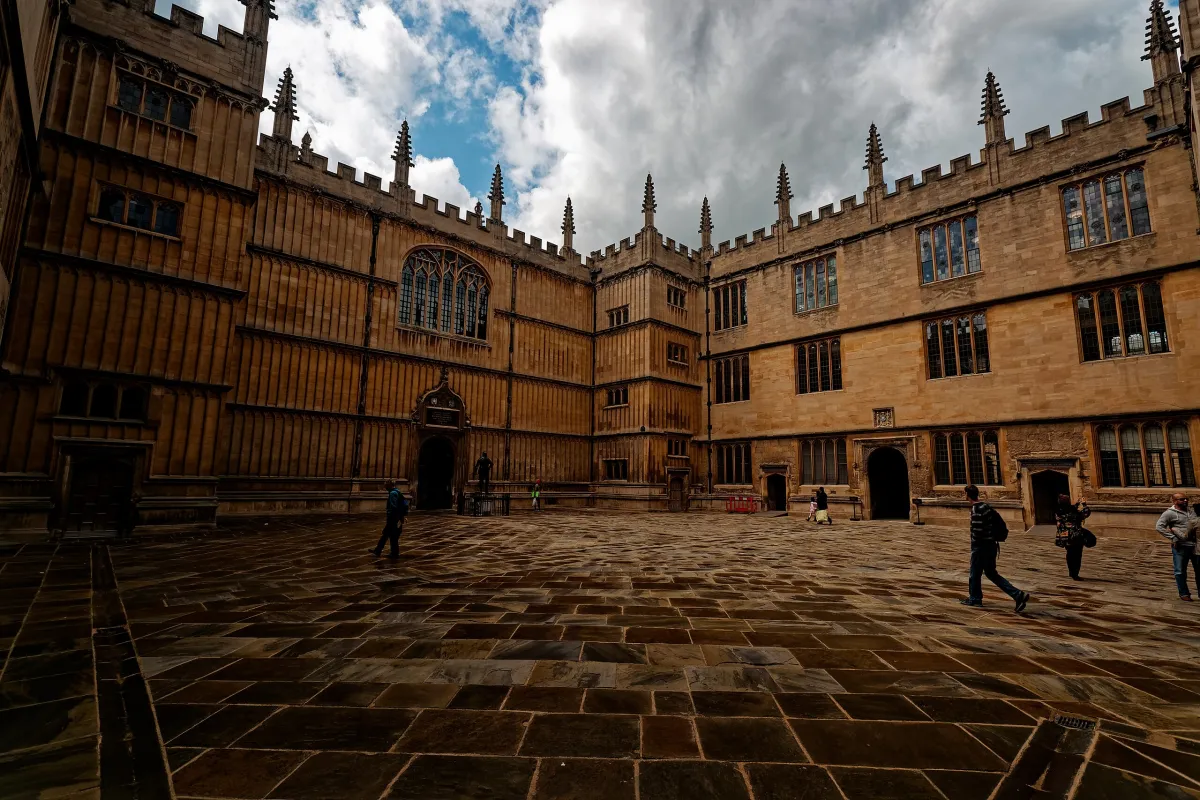




Comments